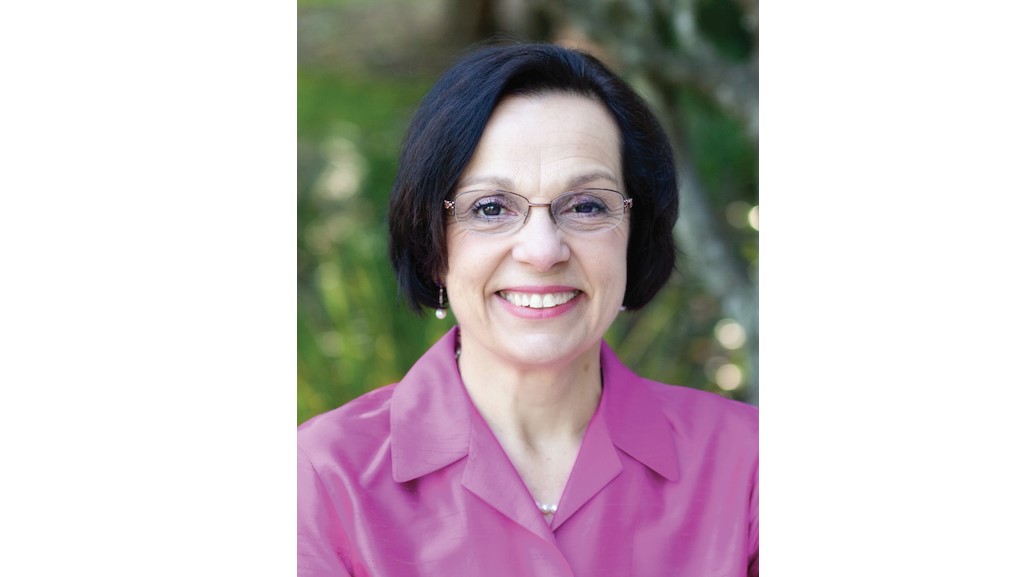
During the coronavirus pandemic, school nurses have been a key source for accurate health and safety information for public schools. From contributing to pandemic response plans to ensuring safety protocols during food distributions, monitoring remote learning participation, developing health and wellness messages for school websites, and collaborating on NSBA’s COVID-19: Preparing For Widespread Illness in Your School Community, A Legal Guide for School Leaders, school nurses have strived to “address anxiety with factual information,” says Laurie Combe, president of the National Association of School Nurses (NASN).
Combe spent 25 years as a school nurse in the Klein Independent School District near Houston. Today, she provides professional development for school nurses, school nurse leaders, and school communities. She spoke with ASBJ’s Michelle Healy about some of the contributions and concerns of school nurses.
How have some school nurses helped with virus investigations?
Through their day-to-day work addressing communicable diseases, school nurses have expertise in contact investigations. Many have volunteered their services to state or local health departments to follow up on reports, identifying and reviewing symptoms to verify that a case meets the criteria for COVID-19. By asking, “Who were you in contact with?” during interviews and drawing concentric circles around an index case, they can see how far out they have to investigate. That has really been an invaluable resource for health departments, and more states are adopting that model to expand their capacity.
Your advice for school leaders on the return to school?
Whenever it happens, there will be community anxiety about reentry, and that should be anticipated. Reentry plans should be laid out in advance, so the community understands and isn’t surprised. We should have concerns about the potential stigmatization of individuals and groups and what proactive information or education can we give to help mitigate that. Even though we already have an increase in mental health concerns, we are going to see more of that, and how it often presents itself in children is through physical ailments. Before education begins, we might need to address some of these issues, so students are prepared for learning.
What are some potential safety issues?
We may continue to have COVID-19 activity around us for some time. If that is true, what will be the processes to protect students and staff? If school nurses are expected to provide direct care for someone who demonstrates symptoms, they’ll need appropriate personal protective equipment. Schools will need to figure out how they isolate individuals. How will school nurses manage them in isolation while still caring for children who need asthma medication, need to monitor blood sugar, or other situations? How do we balance that? Will schools be prepared to host vaccine clinics for the wider community?

Share this content